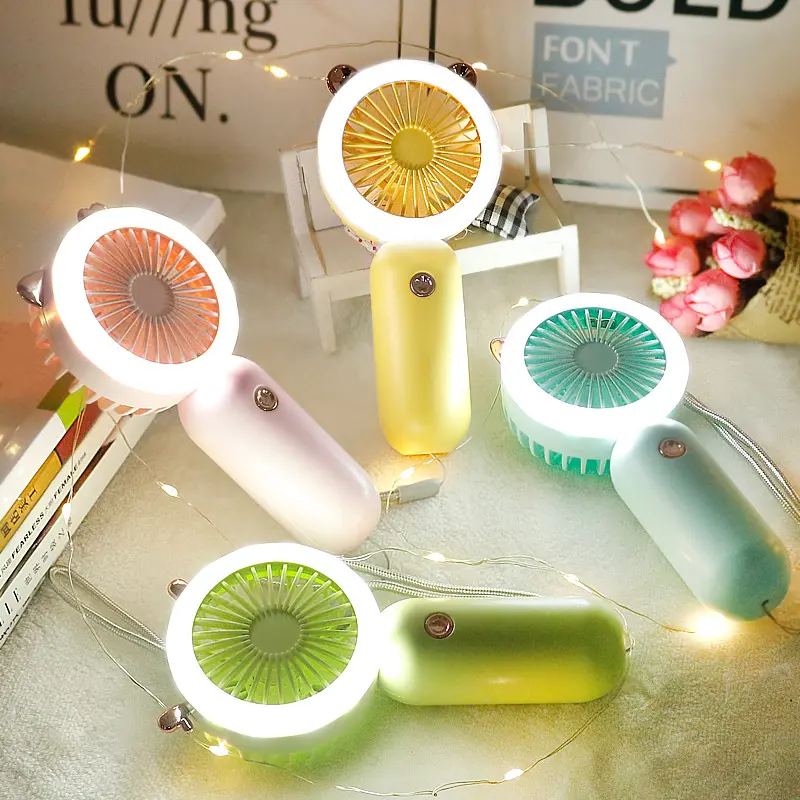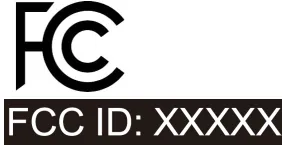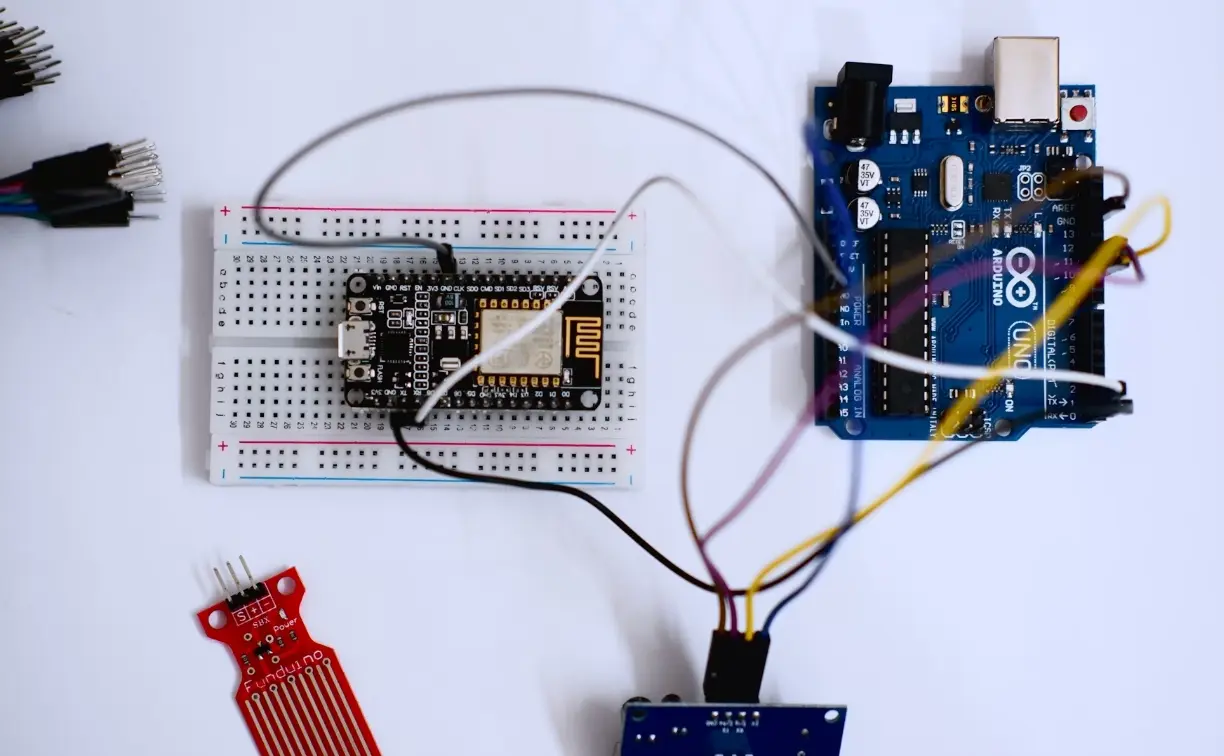
What Are the Safety Standards for Children's Clothing?
Children are a special group of people whose organs are still growing, and their physical functions are not fully developed. They have weaker self-protection abilities and are more vulnerable to harm from various substances. Therefore, the safety and hygiene standards for children's clothing must be strict, especially in terms of fire resistance, the safety of cords and ribbons, and the strength of small parts.
Flame Retardant Standards for Children's Clothing
Most textiles used in daily life are made from natural fibers, synthetic fibers, or man-made fibers, all of which are flammable. This is particularly concerning for children, whose self-protection ability is lower. During a fire, the flame retardant properties of their clothing are crucial. Different countries have strict standards in this regard:
- EU EN 14878:2007 "Flammability of Children's Nightwear": Requires children's nightwear to be free from surface flash ignition, and the time for burning to stop must meet specific requirements, with different standards for different age groups.
- UK S.I. 1985 No. 2043 "The Nightwear (Safety) Regulations": Based on the BS 5722 standard, children's clothing fabrics are classified into three flammability levels. Fabrics with a rating below level three are unsuitable for children's clothing.
- USA 16 CFR 1615 and CFR 1616 "Flammability of Children's Sleepwear Standards": Uses the vertical burn test method and requires the carbonization length of samples not to exceed specified values.
- Australia/New Zealand AS/NZS 1249:2014: According to ISO 6941 standard, the flame spread time of children's clothing fabrics should be greater than 12 seconds.
- China GB 31710-2015 "Safety Technical Specifications for Infant and Children Textiles": Stipulates that infant textiles must meet the level 1 flame resistance standard, and the use of flame retardant treatments is not recommended.
Tensile Strength Requirements for Small Parts
Small parts on children's clothing (such as rhinestones, sequins, small pom-poms, buttons, zippers, etc.) must be securely attached to avoid risks of swallowing or choking. Therefore, small parts must have sufficient tensile strength or a large enough size to ensure that children cannot swallow them.
- EU EN 71-1:2014 "Toy Safety Part 1: Mechanical and Physical Properties": If the size of the accessory is less than or equal to 6 mm, it must withstand a pull of 50 Newtons. If the size is greater than 6 mm, it must withstand a pull of 70 Newtons.
- UK BS 7907:2007 "Children's Clothing Mechanical Safety Regulations": Requires small parts with a size less than or equal to 6 mm to withstand a pull of 50 Newtons, and larger parts must withstand a pull of 70 Newtons.
- USA CPSC 16 CFR 1500.51-53: For children's clothing small parts, the tensile strength should range from 10 pounds (about 45 Newtons) to 15 pounds (about 67 Newtons) depending on the age group.
- China GB 31701-2015 "Safety Technical Specifications for Infant and Children Textile Products": For accessories larger than 3 mm but smaller than 6 mm, the tensile strength must exceed 50 Newtons; for those larger than 6 mm, it must exceed 70 Newtons.
Other Safety Requirements
- Sharp Object Safety: Small parts in the clothing must not have sharp objects that could cause punctures or cuts.
- Testing Methods: Metal wires and metallic decorations on clothing should undergo a flexure test, and parts that could be bitten off by children should undergo a bite test.
The safety of children's clothing is directly related to their life and health, so it is crucial to strictly adhere to relevant standards. The flame retardancy, the durability of accessories, and other physical properties are all designed to protect children from harm to the greatest extent possible. Although standards vary by country or region, their common goal is to ensure that children's clothing is both comfortable and safe.
Email:hello@jjrlab.com
Write your message here and send it to us
 FCC Certification Fees for Handheld Fans
FCC Certification Fees for Handheld Fans
 FCC Certification Testing for Smart Lighting Produ
FCC Certification Testing for Smart Lighting Produ
 What is the ETSI EN 303 645 Testing Standard?
What is the ETSI EN 303 645 Testing Standard?
 UL Compliance and ETL Certification for LED Lighti
UL Compliance and ETL Certification for LED Lighti
 What is the IEC 60598 Standard?
What is the IEC 60598 Standard?
 What is the Canada IC Logo?
What is the Canada IC Logo?
 EMC Pre Compliance Testing
EMC Pre Compliance Testing
 PAHs Testing (Food and Textile)
PAHs Testing (Food and Textile)
Leave us a message
24-hour online customer service at any time to respond, so that you worry!




